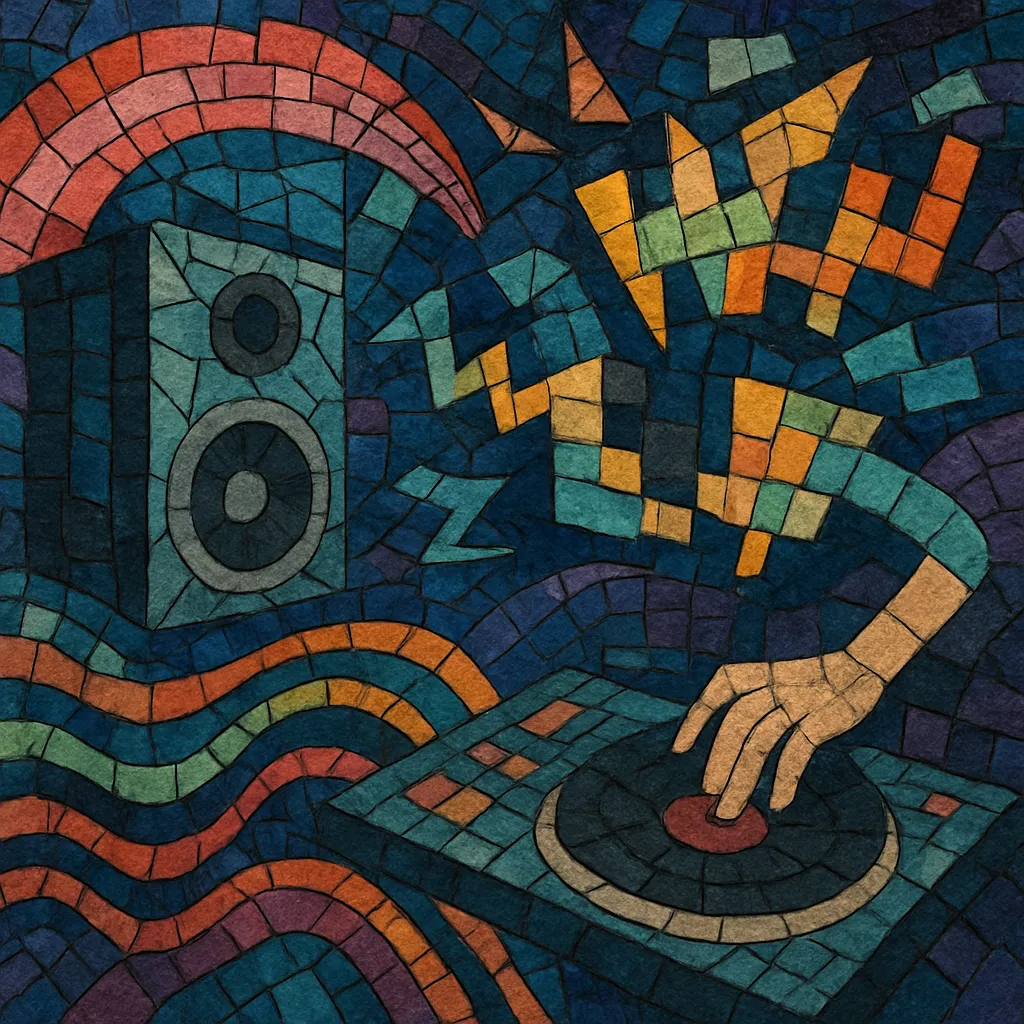Fidget house is a mid-to-late 2000s British house microgenre defined by jacking four-on-the-floor grooves, hyperactive edits, and rubbery, wobbling mid-bass lines.
Producers chop and detune tiny samples, pitch-bend synth stabs, and use stuttering fills to create a playful yet abrasive club energy. The tempo typically sits around 125–130 BPM, blending Chicago house swing and UK garage syncopation with electro-house sound design and tech-house minimalism.
Fidget house emerged in the United Kingdom during the blog-house era, when producers fused Chicago house’s jacking ethos with UK garage syncopation and electro-house sound design. Early catalysts included Switch (Dave Taylor) and Jesse Rose, who pushed a choppy, swing-heavy take on house via labels like Dubsided and Made to Play. Around the same time, Hervé (The Count) and Sinden developed a quirky, sample-splicing club sound on Cheap Thrills, helping codify the style’s rubbery bass and stuttered hooks.
Between about 2007 and 2010, the style spread through club circuits and music blogs, with Jack Beats, Fake Blood, Crookers, Riva Starr, and Trevor Loveys delivering signature tracks and remixes. Its sonic trademarks—wobbling mid-bass, pitch-bent riffs, stop–start fills—made it ideal for high-impact DJ sets and mash-ups. Italian and Dutch scenes (e.g., Crookers, Laidback Luke-adjacent circles) helped popularize its bleepy, detuned leads throughout Europe.
While the term “fidget house” waned in common usage after the early 2010s, its bass-forward, choppy aesthetic informed parts of Dutch house, moombahton, and later big, bassy strains of house and electro. The style’s playful editing, resampling, and swing-heavy percussion still echo in contemporary club tracks.


